I’ve tested more than 25 USB-C chargers, and these are the best iPhone chargers money can buy
Get your Apple device juiced up in no time

Picking the best iPhone charger might not always be as easy as you'd think. There's a lot to consider, from the amount of power you require through to the number of ports and design features you want. Luckily, I'm here to narrow down your search, and share the best iPhone chargers that I've tested here at TechRadar.
I've personally used every single model you'll see on this list, which includes everything from display-equipped wall chargers through to ultra-compact wireless alternatives. I made my selections after trialing more than 25 models based on charging performance, design, and value for money, so these are the best of the best.
Below, you can uncover my number one overall pick, as well as my other selections for the best chargers you can buy right now, no matter your budget. Within each entry, I've included the official prices of the iPhone chargers, but also a target price. This indicates how much I think you should aim to pay for these chargers in the real world, where prices are regularly lower.
My #1 overall pick
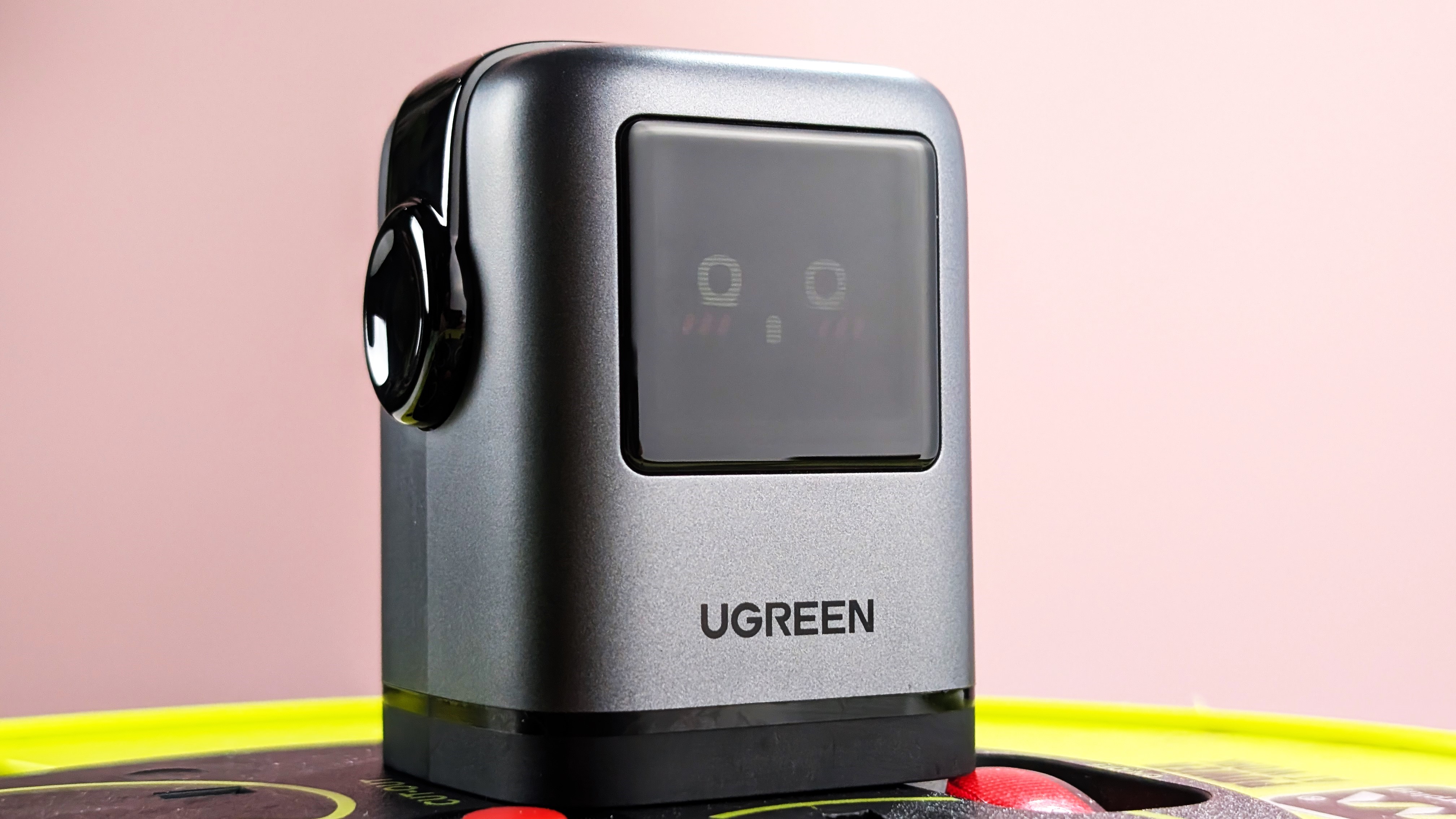


Reasons to buy
Reasons to avoid
3 reasons why this iPhone charger beats the rest
Why you can trust TechRadar
✅ Spectacular charging performance: With a mighty 100W maximum power output, this fun model from UGreen has the might to charge your iPhone or even your MacBook at lightning speed The inclusion of four separate ports also means you can revive a bunch of devices at pace, simultaneously.
✅ An eye-catching, endearing display: Perhaps the main thing that sets the Uno Charger 100W from its competition is its incredibly charming display. Yep, this robot-shaped model can show off a range of emotions – it will smile, blush, throw on some snazzy shades…you name it! Some of these emotions are linked to charging progress too, providing a handy indication of when your device is juiced up and ready to go.
✅ Unbeatable value for money: And what really seals the deal is that in spite of its high power output, multi-device charging capabilities, and eye-catching display, this model is very moderately priced. I regularly see it discounted to less than $50 / £45, which is an absolute steal considering the array of talents in this robot’s arsenal.
Why you can trust my judgement

☑️ More than 1,300 reviews per year
☑️ 17 years of product testing
☑️ Over 16,000 products reviewed in total
☑️ Nearly 200,000 hours of testing tech
☑️ Read TechRadar's review guarantee
I’ve served as a resident Reviews Writer at TechRadar for more than a year and a half, and in this time I’ve tested a whole lot of iPhone chargers. To be specific, I’ve tried out more than 25 chargers, ranging from compact single-port models to almighty 500W behemoths.
This guide was built from the ground up by me, and I’ve personally tested every single model in this list. I’ve selected models based on a few key factors, including charging performance, design, and value for money. Every option has to excel in all three departments to make the cut.
A few great models did unfortunately fall just short of this, but fear not, you can find them – as well as the not-so-good options – in the ‘More chargers I tested’ section.
Best iPhone chargers – my picks in-depth
Best for less than $20 / £20

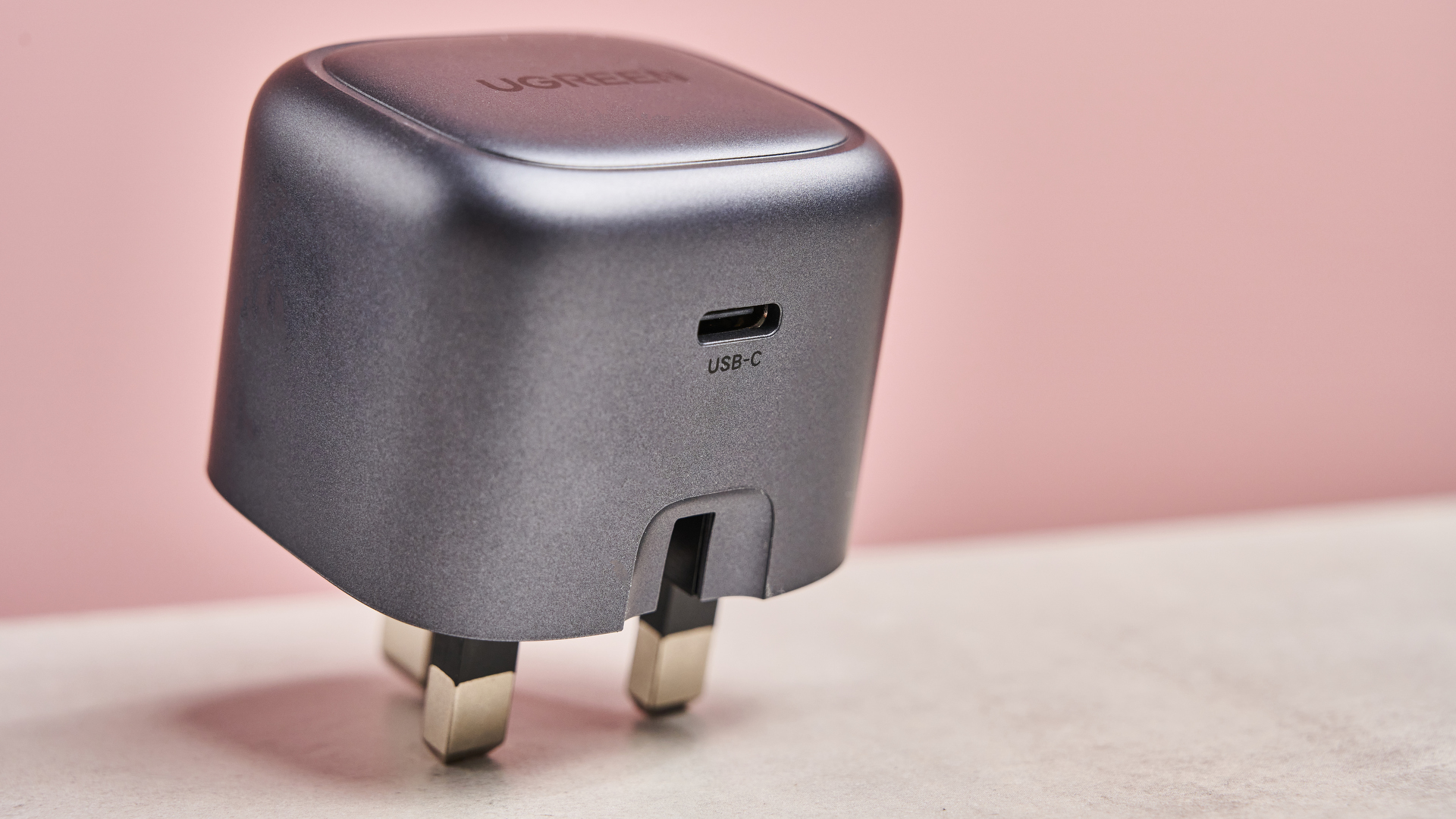
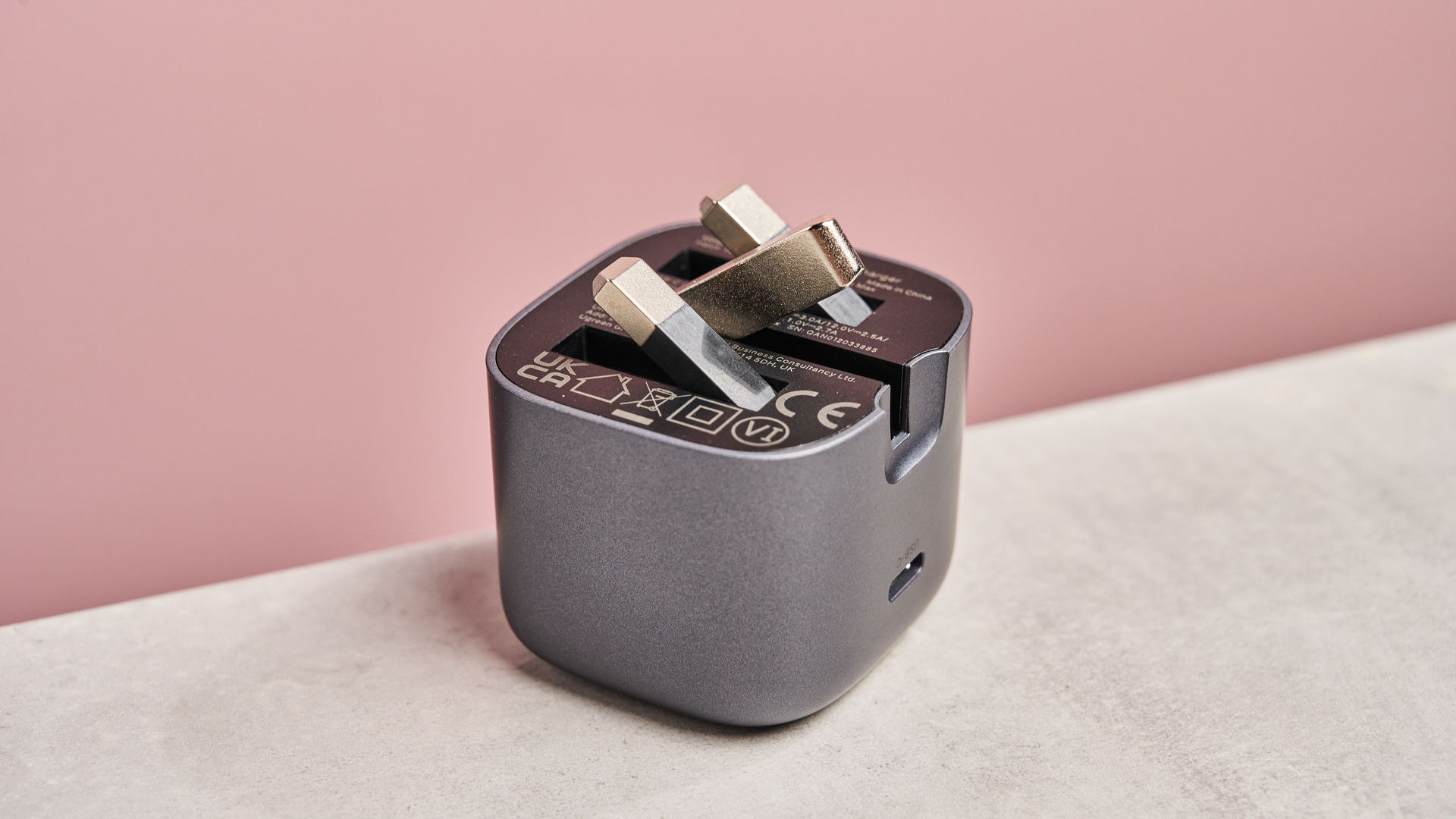
Specifications
Reasons to buy
Reasons to avoid
The low-down
If you’re looking for a cheap yet high-quality charger, it really doesn't get a whole lot better than the UGreen Nexode Mini 30W. This model has enough power to trigger fast charging on a whole bunch of iPhones. But the real standout factor for me is how outrageously compact it is. Compared to the Apple 30W USB-C power adapter, this thing is minuscule, and thanks to its folding prongs, I could easily slide it into my pocket or a small bag.
On top of that, I’m a fan of how UGreen is offering this charger in an attractive array of colors, making for a welcome departure from the plain white or black models you’ll typically see. It’s available in Light Blue and Silver Gray in the UK, but the US gets even more color options to choose from, including a Purple variant. There’s also thermal guard technology on-board to protect the charger from overheating, meaning you’re getting a model that’s just as practical as it is stylish.
Sure, this model won’t suit everyone given that it has a single port only and there’s no USB-C cable included from the get-go. But given its tempting low price – which I’ve regularly seen slip to around $14 / £12 / AU$19 – I’d argue that you’re still getting an absolute bargain here.
Best for travel
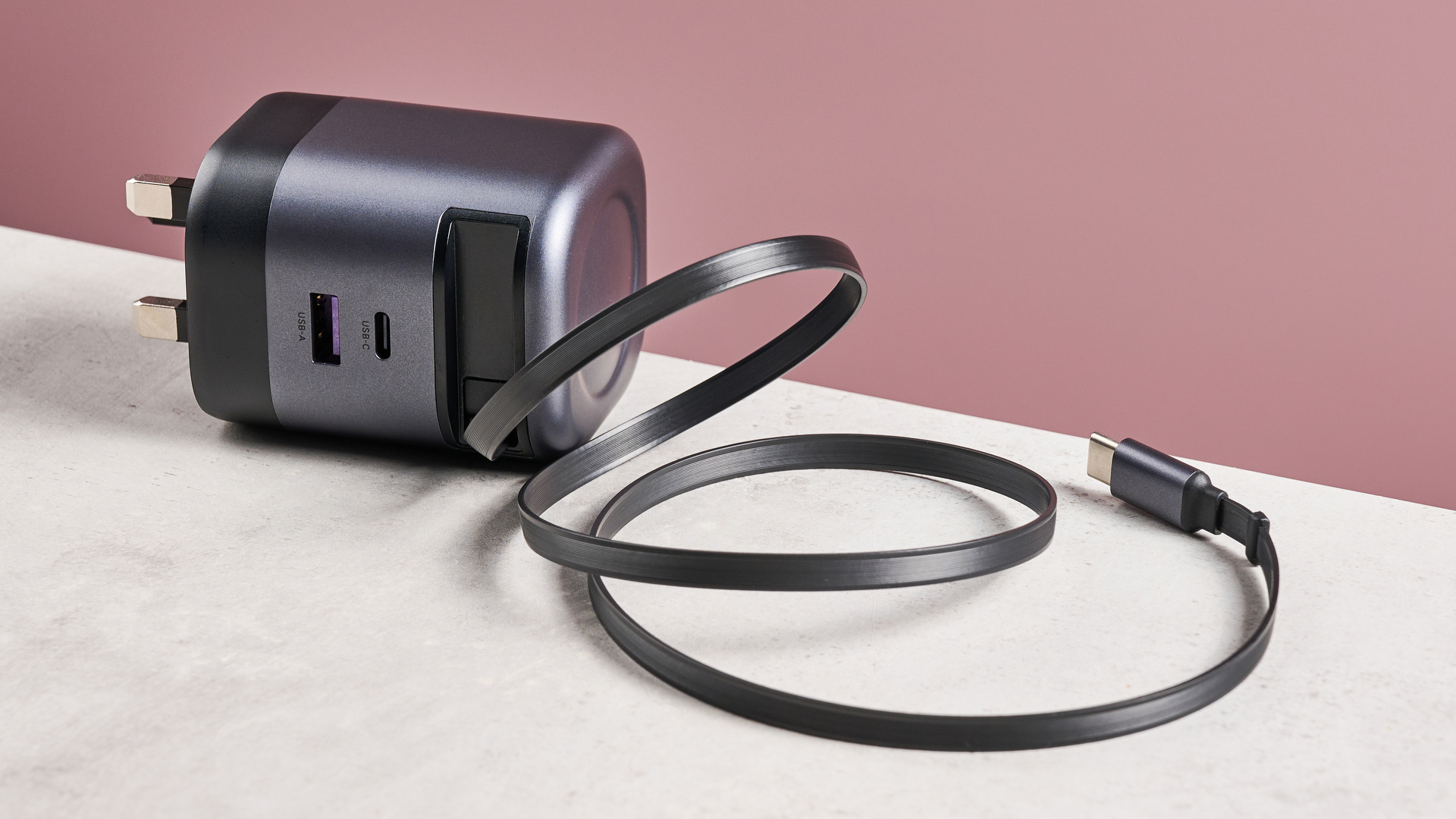

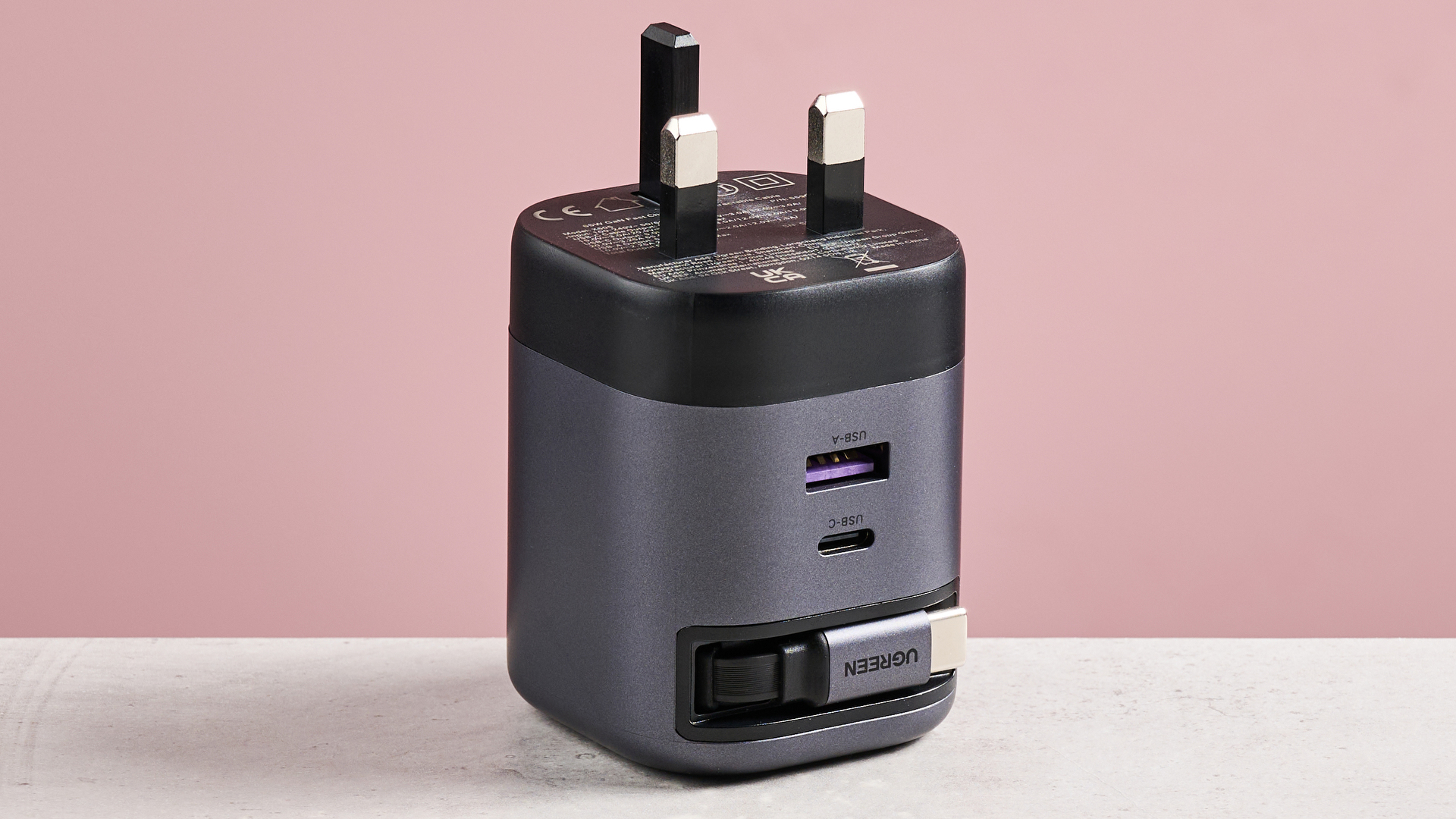
Specifications
Reasons to buy
Reasons to avoid
The low-down
I find myself using this nifty UGreen charger time after time, simply for its spectacularly convenient design. This one comes with an integrated USB-C cable, meaning you don’t have to purchase one separately or worry about your charging wire falling out. That's perfect if you're on your travels and don't want the hassle of packing a charging cable or of rooting around for one at the last minute!
I love how easy this model is to use – I just have to pull the cable to the desired length, and it will automatically lock in place. When I’m done, I just need to pull and release, and the charging wire will return to its magnetic cradle. Beautiful stuff.
It's not all about that retractable cable though. This model also offers 3-in-1 charging, making it ideal for juicing up multiple devices simultaneously. I found the power distribution to be a little unusual – if you’re tri-port charging, you get 45W from the retractable cable, but just 7.5W out of the other two. Still, if you’re charging an iPhone 17 and a couple of small accessories – like a pair of the best wireless earbuds as well as a smart watch – that does mean you can optimally charge your mobile without other devices slowing its revival.
This model also makes use of GaN technology to ensure optimum safety while charging your devices. UGreen states that this charger has “higher conversion efficiency”, resulting in improved temperature control. And during testing I never felt this charger get too warm, which isn’t the case for every model, believe me! This makes it highly reliable for everyday use – and although I would’ve loved foldable prongs on the UK model, I still think this is the most hassle-free, convenient charger for taking on the road.
Best charger & cable bundle



Specifications
Reasons to buy
Reasons to avoid
The low-down
If you're looking to grab a charger and cable combo at a low price, this model is easily my number one recommendation. Yes, Anker’s neat 45W charger earned a place in our guide to the best tech of 2025, indicating just how highly I and the wider team rate it at TechRadar.
This charger comes with a 6ft USB-C cable included in the box, making it ideal to use for juicing up devices while far away from a plug socket, adding value if you were already thinking you need another cable too.
Thanks to the cable's length, I could even use this charger in bed without straining the wire or needing to move my device closer to the power. What's more, even though this charger already had a modest list price of $34.99 / £24.99, I’ve seen it going for considerably less – even as low as the $20 / £20, which is top-class value.
It's also hard to believe that Anker crammed 45W of power into such a tiny shell. That's enough power to fast charge any iPhone at maximum capacity – yes, even the iPhone 17 Pro Max – so if you’re on the hunt for a small yet mighty option, this is a brilliant option.
Best for Macbooks too



Specifications
Reasons to buy
Reasons to avoid
The low-down
It is exceedingly rare for me to hand out a five-star review. But the UGreen Uno Charger 100W was the first ever product I gave full marks, hence its selection as my #1 overall pick. I’m also placing it here as my top choice for charging up a MacBook or your iPhone – it's got plenty of power and excels in just about every other area that matters.
100W is enough to fast-charge most MacBook Pro models, and is available if you’re using single port charging. However, there are three more ports onboard, so if I wanted to simultaneously fast-charge an iPhone alongside more products – like the AirPods Pro 3 – I easily could. There’s even a USB-A port here, so if you’ve got an older cable, you can easily make use of it with this model.
As I mentioned at the top of this guide, I absolutely love how quirky and entertaining this lil’ fella is. It's a robot-shaped model with an emotive display, and it can show different faces depending on charging progress. It also comes with detachable legs that can act as a cover for the charger’s prongs. If you don’t need a massively powerful charger, you may find this to be a little on the weighty side, but it's certainly still a compact option. Considering it often sinks to the $50 / £45 mark, this charger is wonderful value, and easily my all-time fave.
Best for wireless charging



Specifications
Reasons to buy
Reasons to avoid
The low-down
For this one, I wanted to find an effective yet affordable wireless charging model for iPhone users, so it only seemed right to consult our in-house wireless charging expert, Cesci Angell. She created and curated our guide to the best wireless chargers from scratch, testing more than 25 models in the process. And her recommendation was the ESR Qi2 Mini Wireless Charger.
This model is an unbelievably compact, surprisingly robust, and satisfyingly lightweight option that can easily be set up at your work desk or on a countertop. It’s got a maximum power output of 15W, meaning it won’t open up peak performance for the iPhone 17 Pro or some of Apple’s newest models, but it will still get your phone back to life reliably. It also comes with a robust integrated power cable and we found its magnetic design to be very secure.
Even though it's not the comfiest to hold, you’re getting great overall value with this charger. I was already impressed with its incredibly modest price of $24.99 / £22.49 / AU$37.49, but I’ve seen it going for much less.
Comparison chart
Charger | Official price | Total power output | Number of ports / number of devices | Port type(s) / recommended power adapter | Dimensions |
|---|---|---|---|---|---|
UGreen Nexode Mini 30W | $16.99 / £16.99 / AU$29.99 | 30W | 1 | 1x USB-C | 2 x 1.8 x 1.5 inches / 50 x 46 x 39mm |
Anker Nano Charger 45W with USB-C Cable | $34.99 / £24.99 (about AU$50) | 45W | 1 | 1x USB-C | 1.9 x 1.9 x 1.3 inches / 49 x 49 x 34mm |
UGreen Nexode 65W Charger with Retractable USB-C Cable | $49.99 / £39.99 (about AU$75) | 65W | 2 (excluding 1x inbuilt retractable USB-C cable) | 1x USB-C; 1x USB-A | 2.1 x 2 x 2 inches / 53 x 50.9 x 50.4mm (without prongs) |
UGreen Uno Charger 100W | $59.99 / £55.99 (about AU$80) | 100W | 4 | 3x USB-C; 1x USB-A | 2.1 x 1.9 x 3.2 inches / 52.1 x 49 x 82mm |
ESR Qi2 Mini Wireless Charger | $24.99 / £22.49 / AU$37.49 | 15W | 1 | 20W | 2.3 x 2.3 x 0.3 inches / 58.6 x 58.6 x 6.4mm |
More chargers I tested for this guide (A-Z)
Charger | Why it missed out | Score |
|---|---|---|
Underpowered USB-A port and underwhelming design prevents it from beating out the UGreen Nexode Mini. | 3.5/5 | |
A very solid charger that’s too large to outdo UGreen’s charger with a retractable cable. | 3.5/5 | |
Fantastic performance and a handy display but too pricey to make the cut. | 4.5/5 | |
Fantastic small charger but availability could be better. | 4/5 | |
Too underpowered to make the sub-$20 category. | 3/5 | |
Great charger but more quirky design of Uno 100W gives it the edge. | 4/5 | |
An adept desktop charger that comes at a steep cost. | 4/5 | |
Excellent value model, but desktop configuration is more restrictive. | 4.5/5 | |
Anker Prime Charging Docking Station 14-in-1, Dual Display, 160W | Unremovable power cable and hefty build hold it back. | 4/5 |
Rigid build lacks the fluidity to beat out UGreen’s compact wall chargers. | 3.5/5 | |
May be a touch underpowered for some, and prongs don’t fold on the UK model. | 3.5/5 | |
Heats up quite a bit and doesn’t come with a USB-C cable unlike the Anker Nano 45W. | 3.5/5 | |
Restrictive availability makes it impossible to feature this neat wireless charger. | 4.5/5 | |
Fast-performing but lacks display and very hefty. | 4/5 | |
Amazing model, but UGreen’s charger with a retractable cable simply feels a little more practical. | 4.5/5 | |
Prongs don’t fold and it’s quite pricey. | 3.5/5 | |
Very compact but heats up too much to beat out UGreen’s charger with a retractable cable. | 4/5 | |
Slightly clunky build and not as fun as UGreen Uno 100W. | 3.5/5 | |
Large-sized and no foldable prongs. | 3.5/5 | |
Limited availability in the US means it misses out. | 4/5 |
How I tested the iPhone chargers in this guide

I’ve personally tested every single charger in this guide myself – as well as a number of models that didn’t make the cut, which I’ve listed above.
I curated this list based on more than 18 months of testing chargers here at TechRadar. During this time, I’ve tested all kinds of models, from tiny wall adapters to large-sized desktop chargers.
The actual testing process I follow is pretty simple. When my phone hits 0%, I time the amount of time it takes for a charger to get it all the way back to 100%. If a charger has multiple ports, I’ll also test it with all of them in use to ensure they perform well across the board.
On top of that, I ensure that the primary USB-C cable I use remains the same – the reliable UGreen 240W cable has been my go-to since I began testing chargers.
Keen to learn more about how we review gadgets at TechRadar? Make sure you head on over to our 'how we test' guide.
Q&A: my advice for buying

How do I choose the right iPhone charger?
Of course, it's important to set a budget and decide how much you’re willing to spend on your shiny new charger, but there’s a lot more to consider too. For example – if you regularly upgrade your iPhone, will the wall charger you pick have enough wattage to juice up your future devices? Sure, a 30W model may suit an iPhone 15, but if you’re going to upgrade to the iPhone 17 Pro, you’ll be better off with a 45W model.
All of the chargers in this guide support USB-C as an absolute minimum, and I’d certainly recommend a model with that – it's the standard for just about every modern Apple device and the rest of the mobile market. It’s also wise to go for USB-C even if you don’t need it right now. Of course, I’m referring to the side of a cable that plugs into your charger here – if you’re using an older iPhone model, then you’ll want to make sure you’ve got a lightning connector on the other end of said cable.
What’s the difference between wireless and wired charging?
Wireless isn’t always as fast, but can often feel more convenient. Most wireless iPhone chargers deliver 5W-25W of power, and work through most iPhone cases.
It’s worth noting, however, that a lot of wireless charging pads come without an actual charger brick, and can’t deliver more power than you put into them. So, even if you had an iPhone wireless charging pad capable of delivering 25W, it can’t do that if you’re plugging it into a charger that only gives it 20W.
What to look for in an iPhone charger
This will differ depending on the kind of charger you’re searching for, but the trinity of performance, design, and value for money should apply across the board.
For a basic wall charger, I personally love when a charger is compact and can easily slide into a pocket or bag – is it relatively small for its power output? Do its prongs fold away? These are the key questions I’ll ask.
I also need to ensure it has the power output to support my devices. 45W should do for my phone, but my laptop can charge up to 100W, so a model like the UGreen Uno 100W charger suits me to a T. That model is great because it has four ports, so I can also charge my wireless headphones while juicing up my laptop, so the number of ports is a crucial aspect to consider when choosing a new iPhone charger.
For wireless chargers, you should make sure you know if your iPhone supports wireless charging up to 15W or 25W. If it's the latter, you may need to fork out a fair amount to get peak performance, but no matter what, make sure you connect the wireless charger to a power brick with enough wattage.
On top of that, design matters. Want something for your desk? Then a standing design will work best. Want something for handheld use? Perhaps consider a MagSafe model that’s diminutive and comfortable to hold.
Sign up for breaking news, reviews, opinion, top tech deals, and more.

Harry is a Reviews Staff Writer for TechRadar. He reviews everything from party speakers to wall chargers and has a particular interest in the worlds of audio and gaming. Harry has a background in business tech journalism, particularly around the telecoms industry.